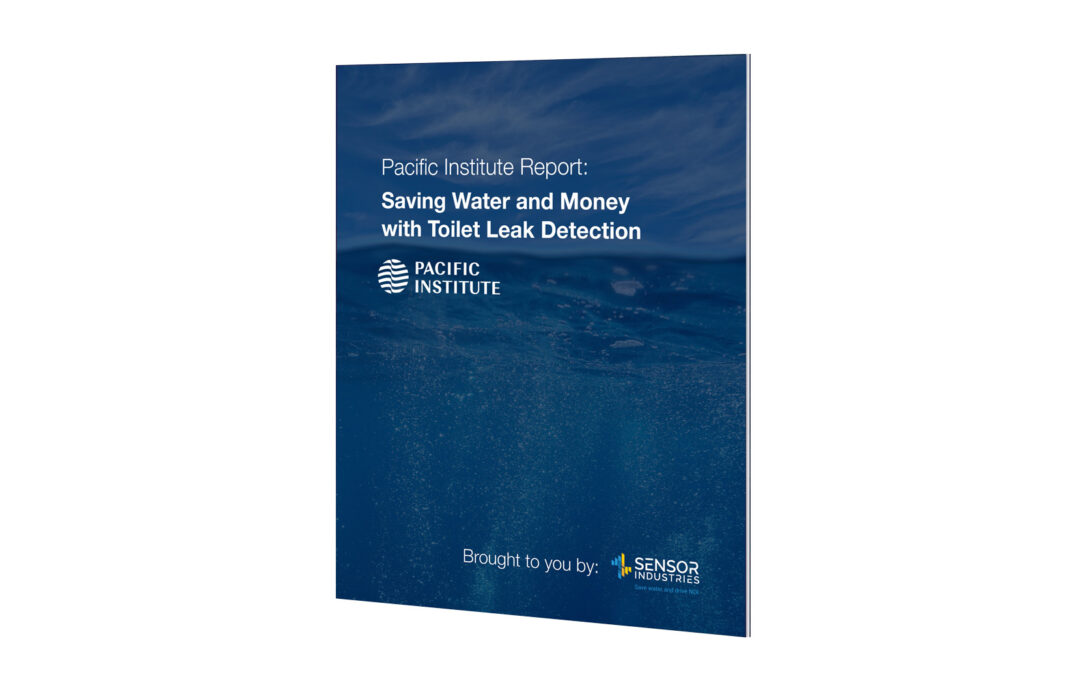We are proud to highlight the remarkable findings from the Pacific Institute’s report, “Saving Water and Money Through Toilet Leak Detection: A Los Angeles Case Study in Affordable Multifamily Housing,” authored by Cora Snyder, Sonali Abraham, and Christine Curtis.
This research sheds light on how real-time water monitoring technology can significantly reduce water waste and improve the financial performance of affordable housing properties.
The Hidden Cost of Water Waste in Affordable Housing
Water expenses are a critical component of affordable housing expenses. In fact, utility costs can account for up to 14% of a property’s operating budget, with water and sewer charges making up a substantial portion.
With rising water rates and increasing demand for sustainable practices, reducing water waste is essential for improving Net Operating Income (NOI) in affordable housing.
Real-Time Water Monitoring: A Game-Changer for Affordable Housing Utility Costs
The Pacific Institute’s pilot project in Los Angeles demonstrated the transformative impact of toilet leak detection technology across eight affordable multifamily housing properties. The results were impressive:
- 11% reduction in overall water use
- 12% reduction in water and wastewater bill costs
- Annual savings of 3,469 gallons of water per sensor installed
- $81 cost savings annually per sensor installed
These findings underscore the potential for real-time water monitoring to not only mitigate water waste but also enhance the financial sustainability of affordable housing properties.
Beyond Cost Savings: Additional Benefits for Affordable Housing
Implementing real-time water monitoring technology offers numerous advantages beyond immediate financial savings:
- Proactive Maintenance: Real-time monitoring allows property managers to identify and address leaks promptly, reducing the risk of water damage and tenant complaints.
- Sustainability: Significant water conservation supports environmental goals, enhancing your property’s green credentials and appeal to eco-conscious residents.
- Rapid ROI: With annual savings of $81 per sensor, this technology quickly pays for itself while continuing to deliver long-term benefits to affordable housing NOI.
Addressing Toilet Leaks: A Key Strategy in Reducing Water Waste
Toilets are often the largest source of indoor water usage, accounting for nearly 30% of total consumption. The Pacific Institute report reveals that 51% of toilet water was lost to leaks, even after implementing leak detection. By investing in real-time water monitoring, property managers can effectively tackle this hidden water waste, leading to significant reductions in affordable housing utility costs.
Conclusion: Boost Your Affordable Housing NOI with Smart Water Management
As operational costs continue to rise for affordable housing owners and operators, real-time water monitoring presents a powerful solution for improving NOI. By providing early leak detection and usage insights, this technology not only reduces affordable housing utility costs but also enhances resident satisfaction and property value.
We invite you to explore the full findings of the Pacific Institute report to understand how toilet leak detection technology can revolutionize water management in your properties. Our team at Sensor Industries is here to answer your questions and help you implement tailored solutions that maximize your NOI while contributing to a more sustainable future.
Don’t let water waste drain your profits any longer. Get the report today and discover how smart water management can transform your affordable housing operations.
Calculate Your Potential Savings
Your know your property group, we know water. If you’re interested in how sensor technology can improve operational efficiency and deliver on sustainability targets, find out how much you can save with a complimentary assessment.
#WaterConservation #AffordableHousing #WaterWaste #RealTimeWaterMonitoring #AffordableHousingExpenses #AffordableHousingUtilityCosts #NetOperatingIncome #AffordableHousingNOI

